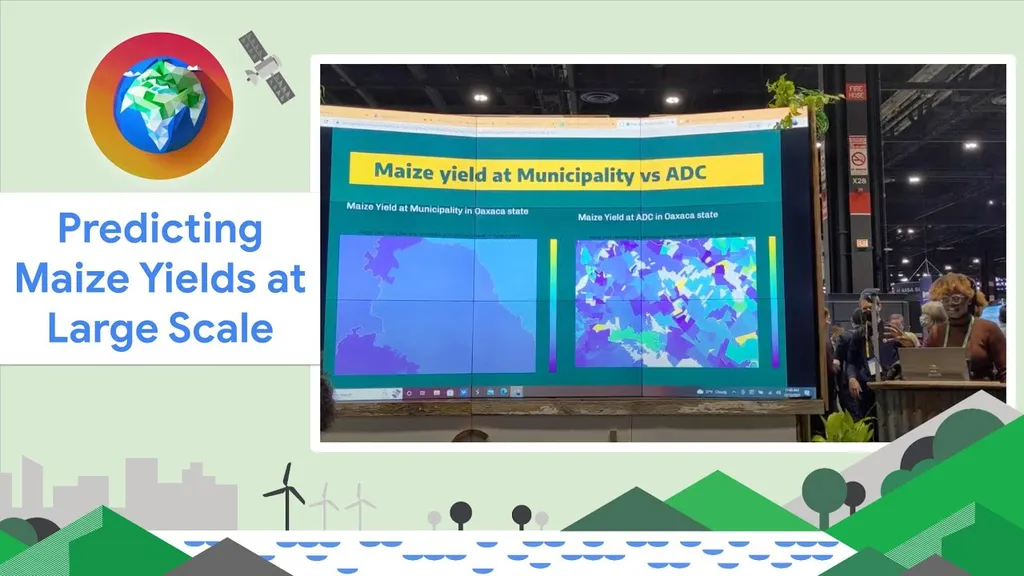In the heart of Zambia, where the rhythm of agriculture is dictated by the whims of weather and the resilience of crops, a groundbreaking study is offering new hope for farmers and agricultural planners alike. Researchers have harnessed the power of satellite imagery and machine learning to predict maize yields with remarkable accuracy, potentially revolutionizing how we monitor and manage crop health in low-income regions.
The study, published in *Remote Sensing*, leverages task-agnostic imagery featurization—a method that extracts meaningful data from satellite images without the need for extensive computational resources. This approach is particularly promising for regions where data and resources are limited. Cullen Molitor, the lead author from the Center for Effective Global Action at the University of California, Berkeley, explains, “Our method uses random convolutional features from satellite imagery and simple linear models to predict maize yields. This simplicity is key for areas where complex, resource-intensive methods are not feasible.”
By combining data from the Landsat and Sentinel 2 satellite constellations with district-level yield data, the researchers developed a model that explains 83% of the out-of-sample maize yield variation from 2016 to 2021. This model slightly outperforms traditional methods that rely on the Normalized Difference Vegetation Index (NDVI), a common remote sensing approach used to monitor crop health.
The implications for the agriculture sector are profound. Accurate yield prediction can help farmers make informed decisions about planting, irrigation, and harvesting, ultimately improving crop yields and food security. “Our findings imply that this task-agnostic featurization can be used to predict spatial and temporal variation in agricultural outcomes, even in contexts with limited ground truth data,” Molitor notes.
The study’s success in Zambia, a country prone to severe droughts and crop failures, highlights the potential for this technology to be applied in other low-income regions. As Molitor puts it, “Imagery-based monitoring is a promising tool for assisting agricultural planning and food security, even where computationally expensive methodologies remain out of reach.”
The research not only offers a practical solution for immediate challenges but also paves the way for future developments in the field. By demonstrating the effectiveness of task-agnostic featurization, it opens doors for further innovation in agricultural monitoring and planning. As the world grapples with the impacts of climate change and food insecurity, such advancements are more crucial than ever.
This study, led by Cullen Molitor from the Center for Effective Global Action at the University of California, Berkeley, and published in *Remote Sensing*, marks a significant step forward in the quest for sustainable and resilient agriculture. It underscores the transformative potential of satellite imagery and machine learning, offering a beacon of hope for farmers and agricultural planners worldwide.

